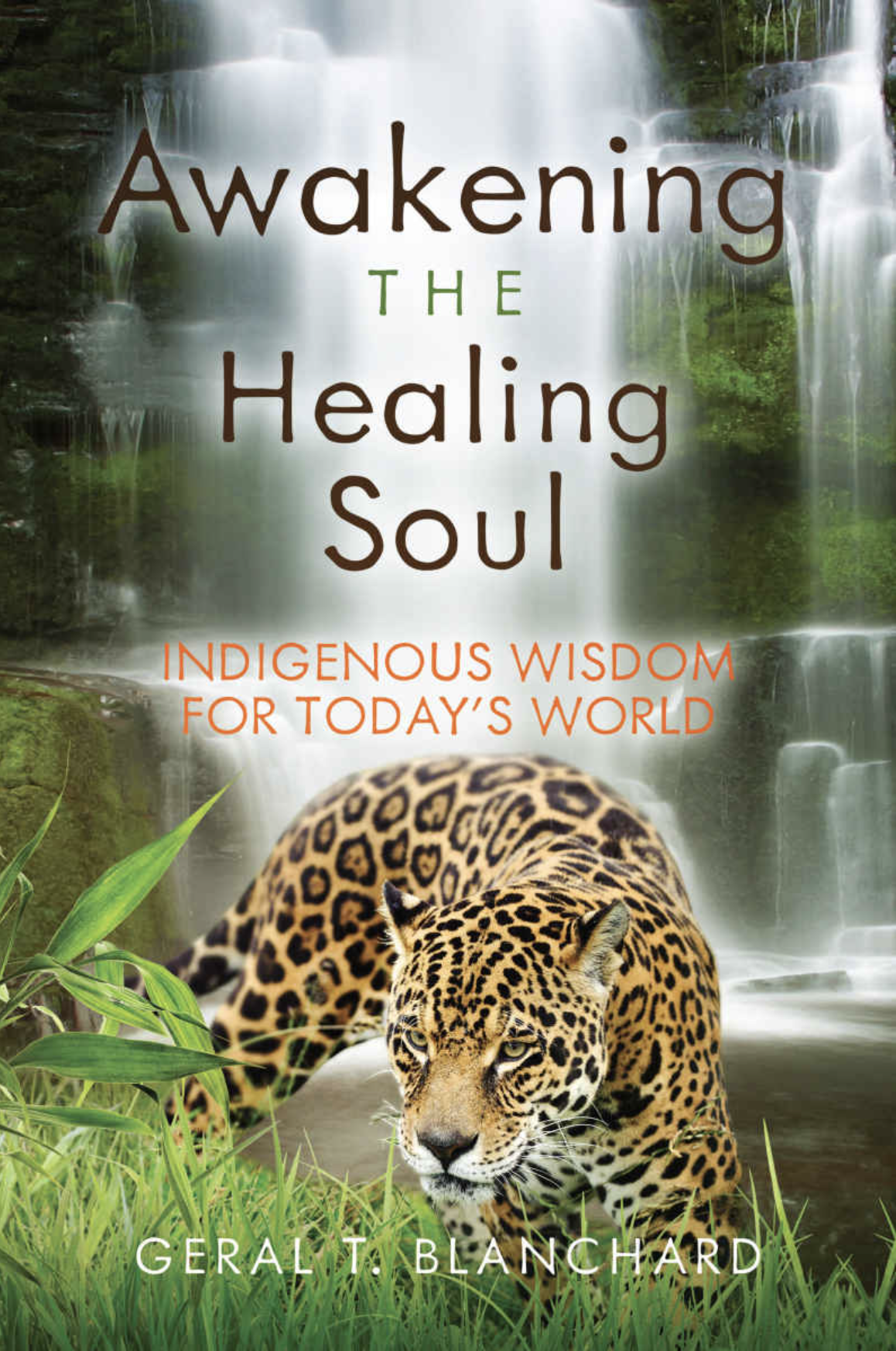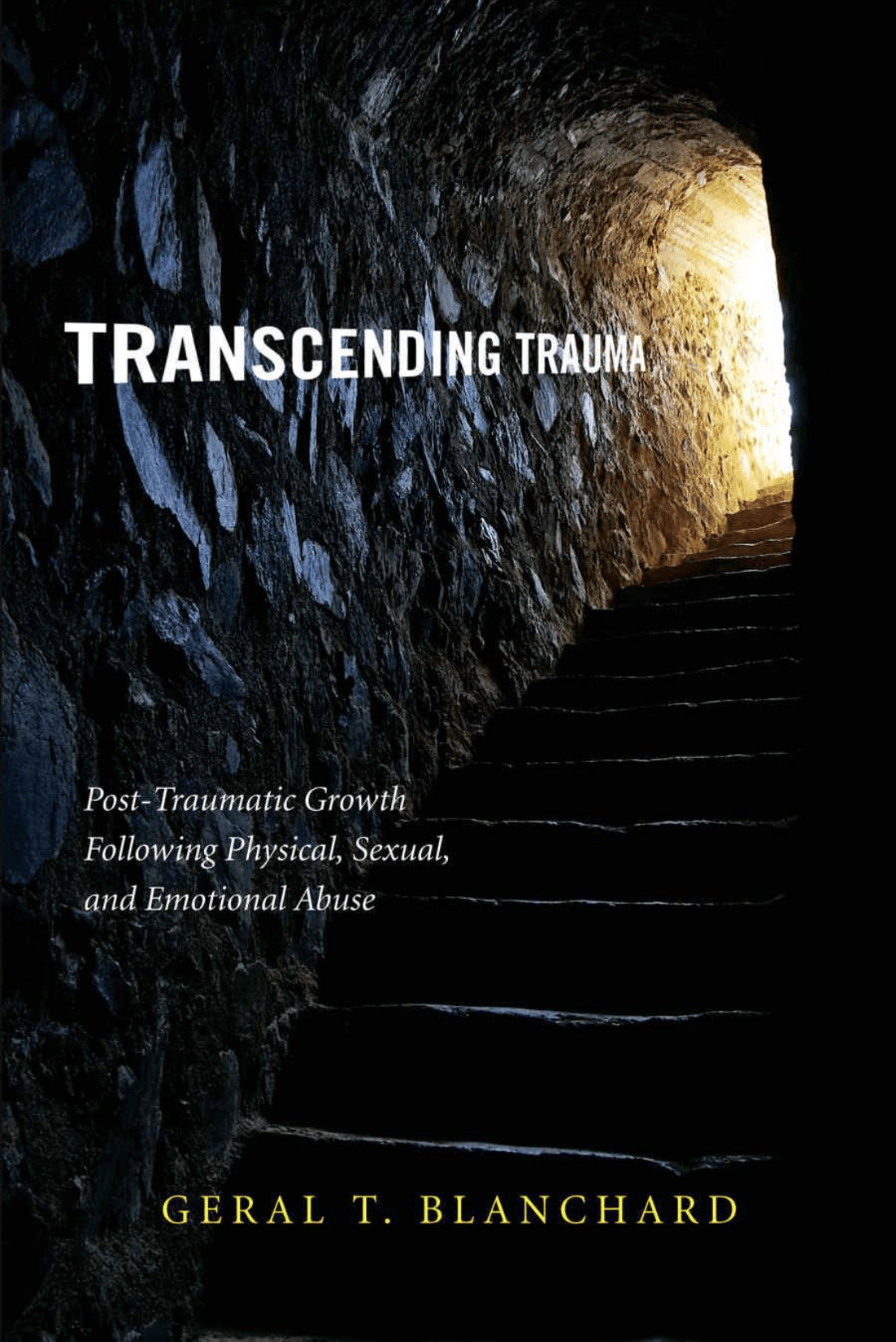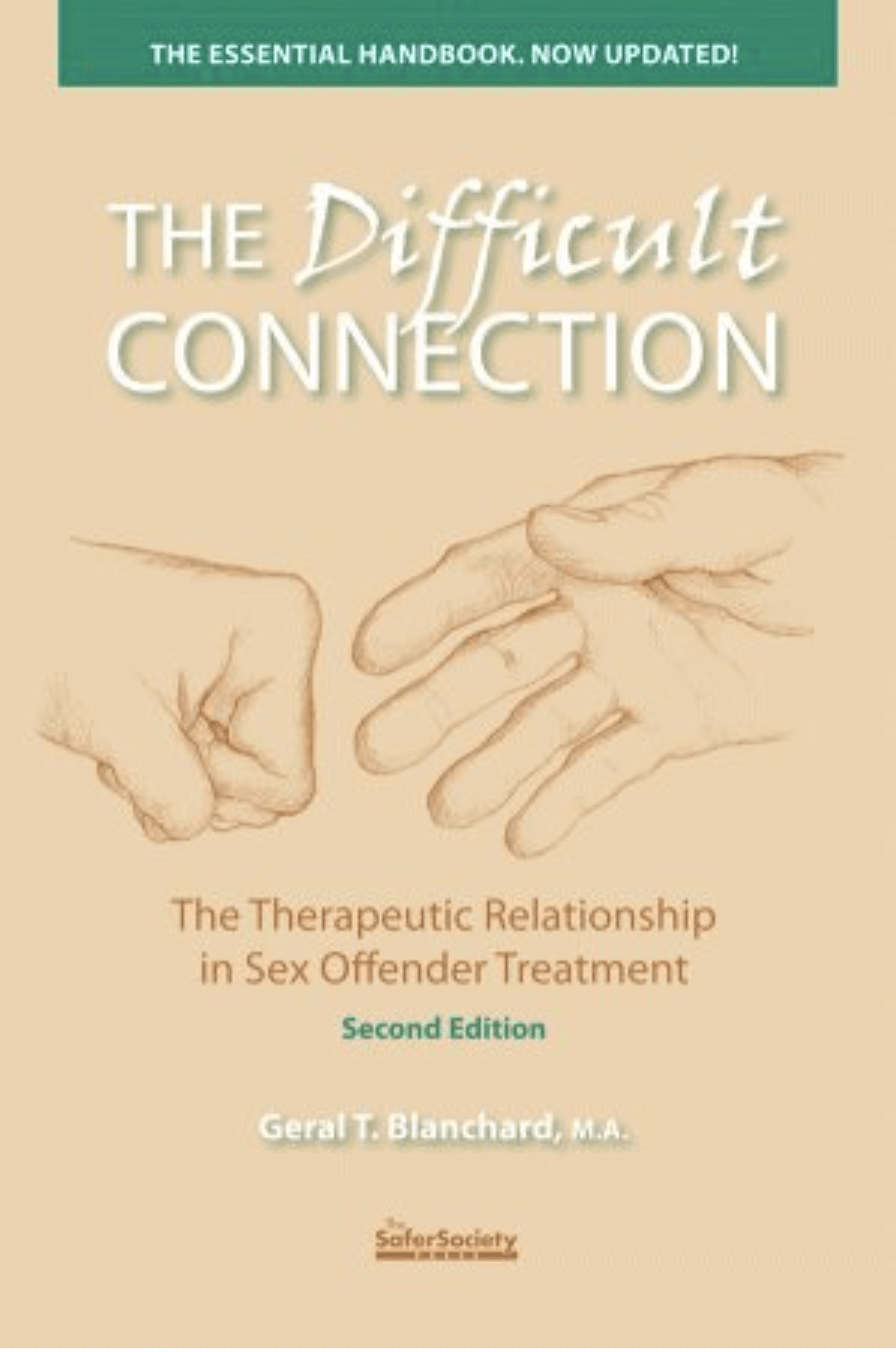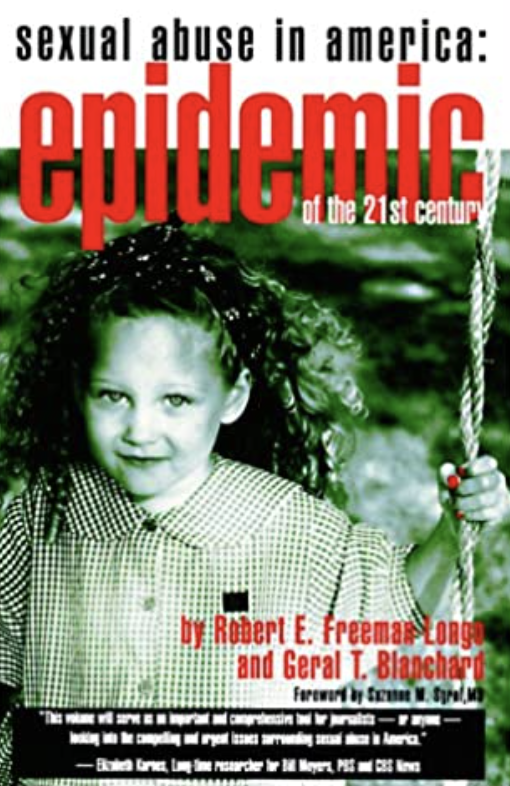Geral Blanchard, LPC, is a psychotherapist who is university trained in psychology and anthropology. Formerly of Wyoming and currently residing in Iowa, Geral travels the world in search of ancient secrets that can augment the art and science of healing. From Western neuroscience to Amazonian shamanism, he has developed an understanding of how to combine old and new healing strategies to optimize recovery, whether from psychological or physical maladies.
Holistic Recovery from Alcoholism
It is true that AA has saved many lives. Twelve-step programming has offered a structured and reassuring promise of sobriety.
Truthfully, Alcoholics Anonymous success rate is astonishingly low, and it is almost heretical to offer constructive criticism of the program.
Despite its narrow focus and limited efficacy, we ought not conclude that “the baby must be thrown out with the bath water.” Holistic adjuncts to traditional programming can fashion comprehensive and effective recovery strategies. They must, however, address the mind, body, and spirituality of persons in the grip of addictions.
One of the cofounders of Alcoholics Anonymous, Bill Wilson, after successfully curtailing his alcohol addiction found he was still beset with tobacco and sexual addictions years later. With those chronic scourges Wilson was flooded with guilt and a resultant depression which caused him to search even more for additional mood altering substances and behaviors. It created a proverbial snowball effect.
A circuitous path, prompted with the help of Aldous Huxley and Gerald Heard, led Wilson to Saskatchewan where a psychiatrist, Humphry Osmond, proposed LSD could curb his remaining addictions. It was suggested that a mystical enlightenment might permit another worldview to rise into consciousness. Long story short, Wilson’s life was transformed following ingestion of LSD. His lingering addictions immediately fell away and he promptly concluded that AA must find ways to incorporate spiritual development into their programming. Of course, his use of LSD was covered up for many years lest it damage Wilson’s or AA’s reputations.
In a letter to Heard in 1957, Wilson wrote: “I am certain that the LSD experience has helped me very much. I find myself with a heightened color perception and an appreciation of beauty that had almost been destroyed by my years of depression…. The sensation that the partition between ‘here’ and ‘there’ has become very thin [and now] is constantly with me.”
Osmond had long opined about the importance of seeing the Ultimate Reality, what Hindu mystics were talking about. And with that awakening, inner peace could be cultivated. Later, with research at major universities in Canada, England, and the United States, other psychedelics, plant medicines, and empathogens were discovered to have the ability to suddenly arrest addictive patterns while fostering a powerful spiritual unfolding.
At first this nascent movement appeared counterintuitive and dangerous. It seemed like one drug was being replaced by another and that people would simply be trading one addiction for another. A drug that mimicked insanity, LSD, was being used to find sanity. But it wasn’t addictive. In later years the same phenomenon was discovered with psilocybin.
Insert the advice of philosopher Alan Watts. When asked if people should continue to use LSD after getting a glimpse of God he said: “When one has received the message, hang up the phone.” Wilson got it. His subsequent reflections were couched in spiritual terms. He wrote: “A Power greater than ourselves can restore us to sanity.”
The same small town Saskatchewan psychiatrists – Humphry Osmund and Abram Hoffer -- who used LSD to treat addictions were also utilizing seemingly benign nutrients to resolve major mental health problems.
For example, megadoses of vitamin B3 (niacinamide) were used to support alcoholism recovery, and dramatically reduce the symptoms of schizophrenia too. Today B3 is being lauded by other orthomolecular psychiatrists as a possible benzodiazepine look-alike, a nutrient that can ease the notoriously painful process of weaning off benzos by generating a similar, but safer, calming effect.
Psychotherapists now realize that fellowship, while extremely valuable to recovering patients, is but one component of a complex bio-neuro-psychological strategy that can comprehensively guide people’s minds and bodies in the direction of sobriety. If we discount nutritional deficiencies (vitamins, minerals, and amino acids) brought on by an alcoholic lifestyle, recovery rates will remain low. If intestinal health is overlooked – the lower brain, where mood lifting neurotransmitters and pain relievers are made – sadness will continue and injurious attempts at mood alteration with it. If we disregard the body’s various ways of reacting to alcohol’s toxicity, including unsatisfactory metabolism and malabsorption issues, sobriety will be elusive. If we fail to see the role of an overtaxed pancreas in regulating blood sugar levels, little progress will be made. And if toxic chemicals in the brain, cerebral allergies, and resultant inflammation are unexplored, drinking will continue unabated. These are a few of the insights garnered from the field of orthomolecular psychiatry.
Anxiety disorders have long been at the root of addictive cravings, whether to alcohol or opioids. Drugs can tamp down an overactive basal ganglia and the two amygdalae providing immediate relief, but as a result you may find yourself well on the road to addiction. Think of treating underlying anxiety as pulling logs off a bonfire. We wouldn’t use a fire extinguisher to spray the smoke wafting from a fire, we would aim it at the core flames. And abnormal brain waves are often at the root of addictive patterns. Consequently, the home use of an Alpha-stim microcurrent brain stimulator can subdue addictive chemical and food cravings in as little as twenty minutes, however, regular use of this safe instrument may be required.
Our addiction recovery toolkit is growing year by year. If we are willing to challenge existing paradigms and incorporate new knowledge, recovery becomes more realistically attainable than ever.
**********
“When you come across a step asking you to ‘know God’s will,’ I think of it as letting go of your ego. This is about finding a way to deconstruct our old belief system, to deconstruct our old self, to have the intention and motivation to align ourselves with another power. Take God out of it and try to let go. It’s about taking action to change our habitual patterns of thought and behavior. It doesn’t have to be some God up there running the whole show.”
- Kevin Griffin in
Latin Distilled Spirits
*********
Additional Reading:
Latin Distilled Spirits: Getting High, Then Sober, with a Famous Writer, a Forgotten Philosopher, and a Hopeless Drunk by Don Lattin
Addiction-Free Naturally by Brigitte Mars
The Craving Cure by Julia Ross
Other Topics
Basics of MDMA
Rituals and Ceremony
Brain and MDMA
Trauma
Heart
Energy Movement
Quantum Physics
Native Cosmologies
Nature
Spirituality/Enlightenment
Kogi Tribe
Books written by Geral T. Blanchard
More Articles



















